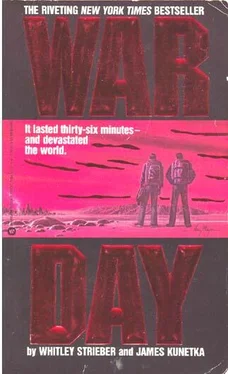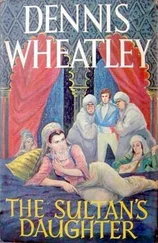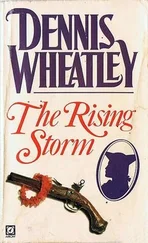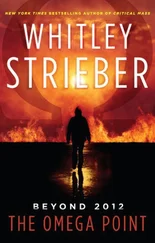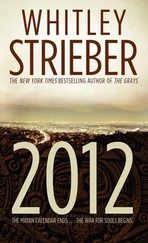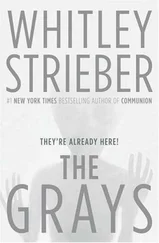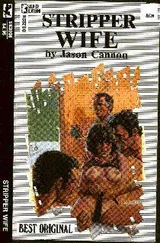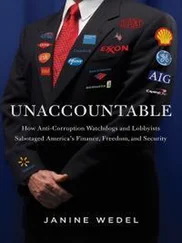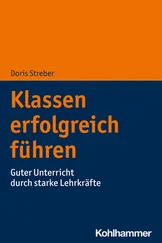I was a part of the South Texas Emergency Relief Project in May of ’89. There were many people living between Houston and San Antonio who had been out of touch with the outside world for seven months. As it did throughout the country, the electromagnetic pulse destroyed most of the televisions and radios, along with computers, radar stations, medical equipment, and car ignitions.
Add the bombing of San Antonio to the general chaos, and one can see that the conditions would be truly terrifying.
Initial reaction in rural communities was to go toward the cities. We must recall that in less than a second a silent and invisible EMP burst had plunged people from the twentieth century to the Middle Ages. So they knew absolutely nothing of what was happening beyond the borders of their own towns. People who could have direct-dialed Tokyo one second could not telephone the county sheriff the next. The disorientation was extreme. So they went toward the source of communications, which was the cities. But in South Texas this was a terrible error, because San Antonio was in flames. In fact, the city survivors were streaming into the countryside—not many from San Antonio, but hordes from Austin because of the fire and Houston because of fallout. Many Houstonians, in their confusion, went toward San Antonio, not away from it. Apparently the traffic jams to the east and north of the city were so bad that escape westward was the only alternative. The sheer massiveness of the attack on San Antonio created damage and injuries previously unexpected. There were large numbers of people with sight loss due to flash effect even miles from Ground Zero. Others suffered not only burns but toxic reactions to synthetic-fiber clothing that had melted into their skin. Like the other cities, San Antonio was struck with airbursts and groundbursts, creating a massive dust cloud. The large number of huge weapons detonating simultaneously at first blew immense quantities of dust into the air, then created updrafts that drew it upward where it mingled with particles created in the fission phase of the explosions.
Conditions in such places as Lavaca, Gonzales, and DeWitt counties were appalling. The populations had quadrupled in the first days after the war. Gasoline and food ran out very quickly.
Radiation sickness was virtually epidemic and was followed shortly by all the diseases we have come to associate with large groups of undernourished, debilitated people.
Although we arrived in Dallas three months after Warday, it was not until three more months had passed that we were organized enough to arrange an overflight of San Antonio and South Texas. We were in an SC-7 Skyvan loaded with extra fuel tanks in the rear of the passenger compartment so that we could accomplish a round trip to and from Dallas if ground conditions were too unstable to permit us to land. You must recall that we had been broadcasting into this area on all available bands for some months, and getting no response. Military recon flights indicated an extensive population. So we did not know what to expect. The Commissioner wished to determine whether or not to extend British Military Rule to the area. This has not been done in many parts of the United States, but it is generally considered for areas where the population is in a state of confusion or upheaval, and the local authorities are not able to cope.
We flew as far south as Seguin, which is thirty miles from San Antonio. To avoid ground radiation we did not go below three thousand feet, but rather observed through binoculars. Seguin proved to be largely burnt.
At that time I got a look at the condition of San Antonio. I remember being astonished that this little city had been so terribly devastated on Warday. People had hardly even heard of it in Britain. One would have expected Los Angeles or even Houston before San Antonio. Of course, it has since come out that a good part of the planned Soviet attack didn’t go off, so in a sense San Antonio was simply unlucky. The Soviets had given it first-strike priority because of the extensive U.S. Air Force repair and refitting facilities there, and the huge complex of military hospitals, the atomic supplies dump at Medina Base, and the presence of a mechanized army that could have been used to preserve order across the whole of the Southwest as well as seal the Mexican border.
Perhaps, also, they knew that American intelligence did not expect this particular attack, and considered that there was value in surprise.
It is no wonder that the American military prohibits photography in such places. The effect on national and indeed worldwide morale would be very negative. From a distance there is nothing to see but the black landscape and the gleaming fused earth around the Ground Zero points. The land is mostly flat, with some rolling hills to the north. Although I never went to San Antonio before the war and had never met anyone from there, my first experience of that blasted corpse was, quite frankly, shattering. I sat at the window of that plane unable to move, unable to speak.
The cabin was silent. After a time we simply flew away.
We soon found ourselves over the town of Yoakum, Texas, which showed on our charts as a population area of approximately eight thousand people.
There were two tent communities to the south of the town. The fields roundabout were planted in corn and various vegetables, but looked to be in poor condition due to post-blast weather effects.
There were numerous horses about, many of them hitched to cars and pickup trucks from which the engines had been removed to lighten them.
Our appearance caused a great deal of excitement in the town.
People rushed out of houses and buildings waving sheets or articles of clothing or just their arms. We were able to land on State Highway 77 on the outskirts of town. There was a local airfield, but the runway was too cracked to justify the risk of using it, and the road seemed solid.
The first to meet us were a man and a woman on horseback.
They had rifles in holsters on their saddles, and as they came to a stop they drew them. I’ll never forget the first question, from that lean, bewhiskered man with the hollow eyes: “Y’all from Russia?”
They thought they had lost the war. This was, we were to find, generally the assumption in isolated populations. I explained that we were British. We were at once escorted into town. We had various emergency medicines, and our orderlies soon set up an aid station with the equipment we had brought. Our station was placed in the showroom of a local Ford dealership, the Wendell Motor Company. This offered us a large floor space and limited access via two doors. At the same time, the people waiting outside could see for themselves that we were working as quickly as we could. Ampicillin, keflex, and tetracycline were our main supplies, along with morphia and heroin for pain sufferers. We also carried cyanide and copies of the euthanasia rules. Cultural resistance to this program is very strong, especially in rural America. But people usually come to understand that truly unspeakable suffering ought to be relieved by death if the victim has no scruples of conscience, or is indeed begging for it.
On that first day in Yoakum, our three doctors and six medical orderlies treated 211 of the thousands who presented themselves.
The actual local population was approximately fifteen thousand at that time. In my estimation, there were no able-bodied individuals.
It was fortunate that we brought the four soldiers, because violent disagreements kept breaking out among the patients, especially as to whose dying children were to have the first chance at the antibiotics.
On that day we performed sixteen pediatric euthanasias, for the most part on children suffering both pain and brain damage from radiation or other poisoning.
Читать дальше
